Known for their distinctive taste and texture, oysters have been enjoyed worldwide for thousands of years and are still a popular delicacy today. But did you know that 40 of the 47 prefectures in Japan produce and cultivate oysters of their own? A Land of the Rising Sun is no stranger to the idea of oysters as a food source, especially since the Japanese have been cultivating these delicious morsels since at least 2000BC!
A country known for its wide range of seafood, you can trust that the oysters in Japan are some of the freshest you`ll ever have. Come along as we explore all things oysters!
Types of Oysters in Japan
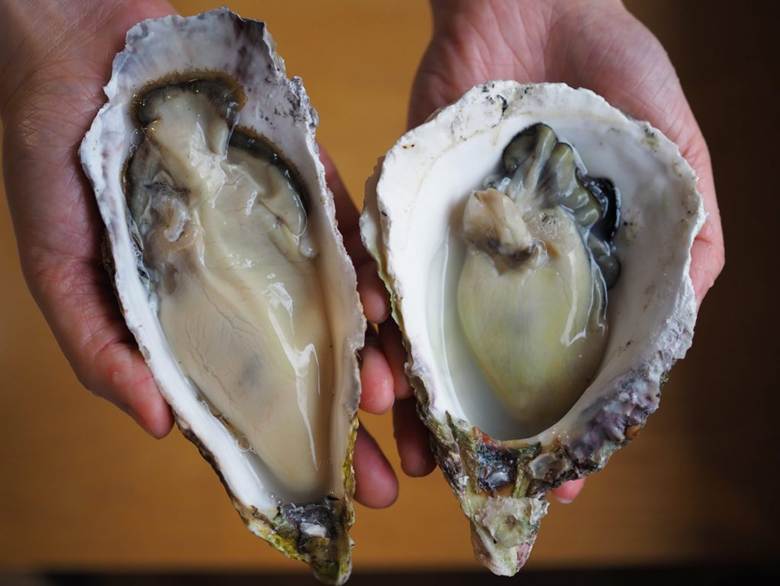
Japan has two main kinds of oysters: the iwagaki and magaki. Iwagaki are Japanese rock oysters native to the Sea of Japan. They can be farmed, but it`s not uncommon for divers to harvest them from the wild by hand. They feature rich, full-bodied flavors, and are arguably the most delicious in the spring and summer from March to August.
Magaki, on the other hand, are oysters native to the Asian Pacific coast. They have a lighter taste, and a soft, plump texture, finishing off with a rich, briny, umami flavor. These oysters are best enjoyed in the winter season from about November until March.
Both kinds of oysters can grow very large in size, with some regions cultivating absolutely massive oysters that can grow as big as your hand! An excellent source of zinc, iron, calcium, selenium, and vitamins A and B12, these oysters have many ways to be enjoyed—including raw, smoked, steamed, grilled, baked, fried, and more!
5 Famous Oyster Producing Areas & Local Specialties
1. Hiroshima
Hiroshima Prefecture is the main producer of oysters in Japan, accounting for about 60% of all the oysters in the country. In 2020 alone, Hiroshima produced 96,000 tons of oysters! Hiroshima Bay has gentle waves, making it well suited for oyster cultivation. As a result, Hiroshima oysters are firm and plump, and have a rich, sea-like flavor. They can be enjoyed year-round in the area, although peak season is from January to February. Hiroshima is specifically known for Komachi, Ken, and Shima oyster varieties, all of which are native breeds.

In Hiroshima, a local specialty oyster dish is called Kaki Dotenabe. Oysters and vegetables are boiled in a clay pot, which has a thick layer of miso paste coating the inside. The miso helps lock in the umami flavors of the oysters, making the soupy broil a rich, hearty meal that’s perfect during cold Japanese winters.
2. Miyagi Prefecture
The Sanriku Coast lies along the northeast of Sendai in the Tohoku region of Japan to the north of Tokyo. It`s an excellent breeding area for magaki (Pacific) oysters. Miyagi Prefecture, in particular, is well-known for its Maruemon oysters, which have elongated, rough shells, and mild, nutty flavors with a hint of sweetness. Matsushima city is also known to host an annual oyster festival every February. The Matsushima Kaki Festival makes an excellent pitstop on one of your next Japan tours, as you’ll be able to sample the local oysters – grilled, steamed, fried, cooked in soup, as well as made with rice – all paired with some of the famous local sake!
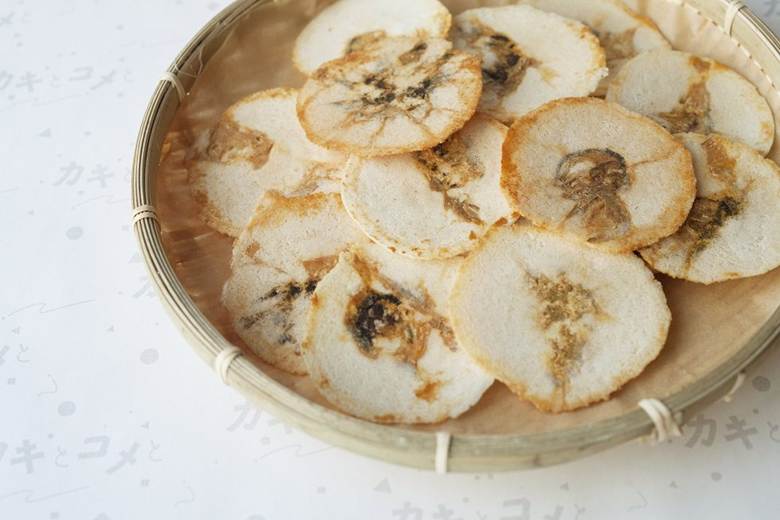
A unique local specialty is an oyster cracker by M Pantry – made with oysters and rice flour, each cracker offers the unparalleled umami of the oyster, paired with the crispiness of the rice flour. It’s a delightful, addictive snack that’ll keep you coming back for more!
3. Iwate Prefecture
Also along the Sanriku coast is Iwate Prefecture, another famous oyster-producing area. The seawater off the coast here is colder than that in Miyagi Prefecture resulting in oysters that are firm, plump, bouncy, and richer in flavor! Iwate’s famous hanamigaki oysters can grow three times larger in the springtime, and are traditionally wild-harvested from the sea by female free-divers called Ama Divers!

In Iwate, oysters are fresh and often eaten raw, so you might find them served in sushi restaurants as nigiri sushi! Raw oysters can also be enjoyed with the classic squeeze of a lemon wedge, or with a ponzu dressing. You can also find it served with momoji-oroshi, which is grated daikon radish mixed with spicy chili oil!
4. Hokkaido
Hokkaido has a long tradition of oyster farming, dating back to the indigenous Ainu peoples who inhabited the island in the 5th century BC. Akkeshi is the most famous region in Hokkaido for oysters and is renowned throughout Japan! This is because the temperature of the seawater in the region is consistently cold, even in the heights of the summer. The cold seawater produces oysters that grow slowly – with individual oysters taking up to three years to reach maturity! As a result, Akkeshi oysters have plump flesh, a rich, almost buttery flavor, and can be enjoyed year-round. According to the locals, oysters are best enjoyed when paired with local Akkeshi whisky!
Also Read: A Take of Two Grains: Japanese Whisky vs Sake

In Hokkaido, oysters are also often enjoyed raw, grilled, steamed, or deep fried, however there is also an interesting local spin, where oysters can also be cooked in curry. Hokkaido oyster curry features juicy oysters simmered in a spicy soup curry, which brings out the oyster’s buttery flavors. The seafood choice pairs well with locally grown vegetables like potatoes, carrots, and onions!
5. Mie Prefecture
Oonura Bay in Toba City is a major oyster producing area in Mie Prefecture, close to Osaka and Kyoto. The water in Oonura Bay where the oysters are farmed is extremely rich in nutrients, as freshwater from the mountains enters the bay on its way out to the Pacific. The bay’s calm waves make the area ideal for oysters to grow in, and they can grow very large, with full-bodied flavors and a sweet aftertaste!
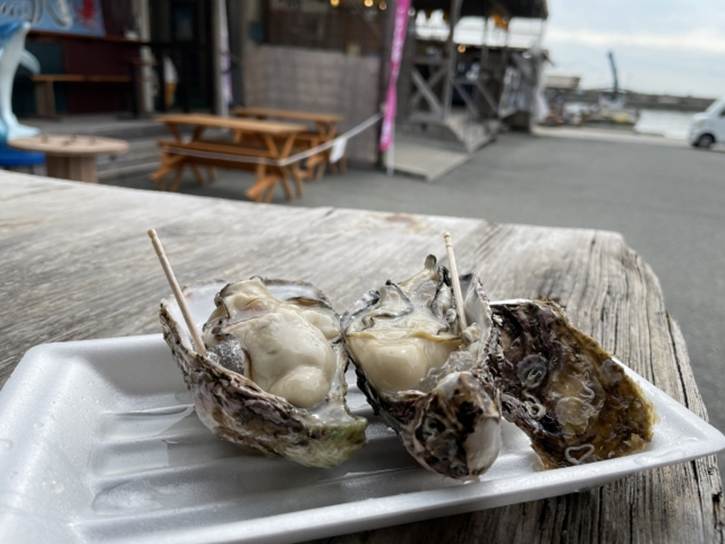
From November to March, oyster farms in Toba open seasonal, all-you-can-eat oyster huts along the coast! Oysters are either grilled or steamed right at your table, and each reservation usually includes a set meal of rice, kaki-fry (oysters that are breaded and deep-fried), and miso soup with Oysters within! Oyster huts can be found in all the major oyster-producing areas of Japan, so they are definitely a must-visit on your next trip to Japan if you`re an oyster lover.
Oysters in Tokyo
Looking for oysters while you’re visiting Tokyo? Here are our recommendations!
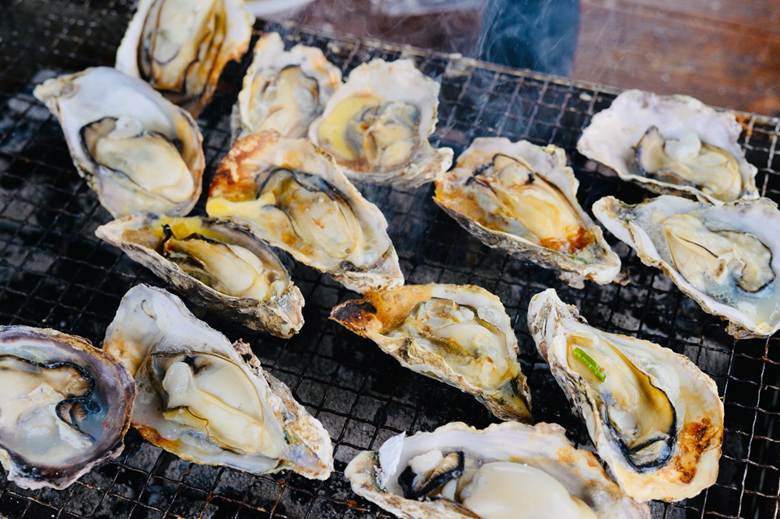
Kakigoya Shinbashi is a restaurant modelled after an oyster hut, and you can grill oysters, other seafood options, and even regular cuts of meat on a large grill at your very own table! Try a selection of raw oysters, kaki-fry, baked oysters, oyster rice bowls, and even ajillo-style oyster confits! This restaurant also allows you to bring your own drinks, offering a 660-yen corkage fee!
Oyster Table Ueno Sakura Terrace hosts seasonal all-you-can-eat fairs, where you can truly have your fill of Japan`s array of delicious oysters. With an extensive menu of fresh options, enjoy these delicacies of the sea raw, grilled, steamed, baked, fried, sauteed, and more!
You can also visit Akasaka Genki, which is an izakaya restaurant that offers a 120-minute, all-you-can-eat raw oyster course for under 3,000 yen! With a variety of oysters from the major oyster producing regions ordered directly from the source, you can enjoy the freshest oysters that Japan has to offer!
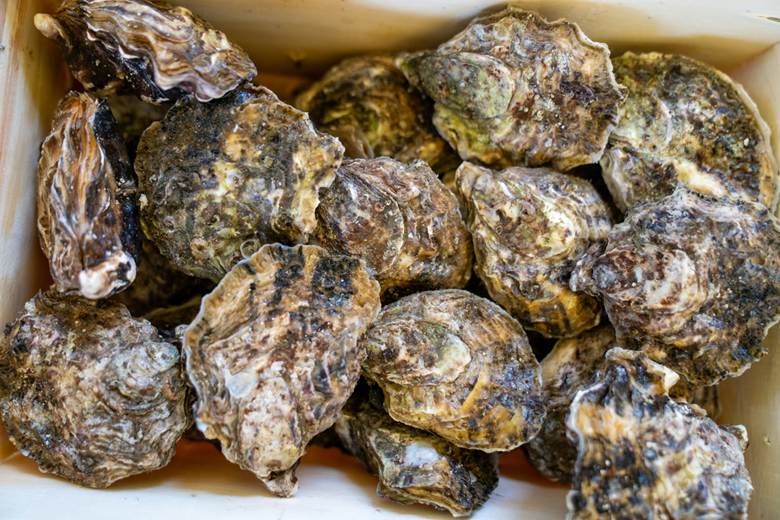
There are so many options for good oysters around the country, and with such a variety of preparation and severing methods, it’s no wonder that oysters are such a beloved delicacy! To experience all these exciting oyster cuisines and more, why not start planning your Trip to Japan today?
